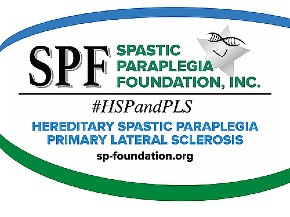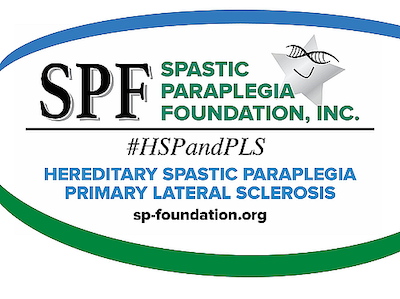Results from SPF Funded Research
Dr. Allan Mackay-Sim and associates at Griffith University, Brisbane, Australia, have created olfactory stem cells from two types of HSP. As part of their study, patients were given either of two drugs, noscapine or epothilone D. Both drugs alleviated HSP symptoms. More studies to follow.
Drs. Jordan Inloes and Benjamin Cravatt, with the Scripps Research Institute in San Diego, CA, studied the principal triglyceride hydrolase lipid metabolic enzyme DDHD2, the mutation of which, is the cause of a very rare form of HSP, SPG54. They found that eliminating the proteins DGAT1 and DGAT2 could serve as a cure for PG54.
Dr. Evan Reid and associates at The Cambridge Institute for Medical Research in the United Kingdom, studied how the defects in endoplasmic reticulum (ER) impact lysosome function, the cell’s internal cleaning function, in people with HSP. Their work potentially links many classes or HSP proteins previously considered functionally distinct, in a unifying pathway of HSP pathogenesis that incorporates all of the most common HSP subtypes. This could pave the way for a treatment that would treat many forms of HSP.
Dr. Sabrina Pananoni MD, PhD with Harvard University will be studying the specific pattern of neuro-inflammation in patients with PLS in relation to ALS. This project has direct application to clinical diagnosis of HSP and PLS and potential utility in clinical trials as a biomarker. Biomarkers are very important to finding treatments because they allow researchers to image PLS and HSP at work within the cell, often in real-time.
Dr. Peter W. Bass, PhD with Drexel University will be examining regeneration after amputation in mouse cortical neuronal cultures. Baas seeks to answer the question whether HSP caused by mutations in the SPG4 gene are due to the gene not being fully functional (i.e., does not create enough protein) or whether over-expression, where the gene creates too much protein, causes HSP symptoms. He will then examine the effect of potential therapeutic drugs.
Dr. Gerardo Morfini, PhD, with the University of Illinois will be investigating the role of M1 spastin versus M87 spastin. He will evaluate mechanisms underlying activation of the protein kinase CK2 by M1 spastin. Preliminary evidence suggests this protein kinase may represent a novel therapeutic target to treat SPG4 HSP.
Dr. Darius Ebrahimi-Fakhari, MD, PhD, with Harvard University will use patient derived stem cells to discover the basic mechanisms of SPG47. If drug screen is successful, it may be relevant to: SPG 50, SPG51 and SPG52.
Dr. Giovanni Stevanin, PhD at Institute du Cerveau et de la Moelle e’pinie’re in Paris France. The main goal of this study is to identify the pathways involved in the physiopathology of SPG11 using extensive transcription analysis. This study could lead to new treatments for patients with SPG11, an aggressive form of HSP.
Dr. John Fink, MD, with the University of Michigan, will characterize the serum miRNA profile of 20 PLS, 20 ALS and 20 healthy individuals and identify differentially expressed miRNAs. This is particularly important research that could lead to a test that confirms the diagnosis of PLS, something that is currently lacking. The identification of a reliable biomarker will further researchers' understanding of the disease and suggest novel therapeutic targets. Dr. Fink is also SPF’s medical advisor.
Our Impact since our inception...
-
Dollars Raised
Over 12,000,000 dollars for research!










